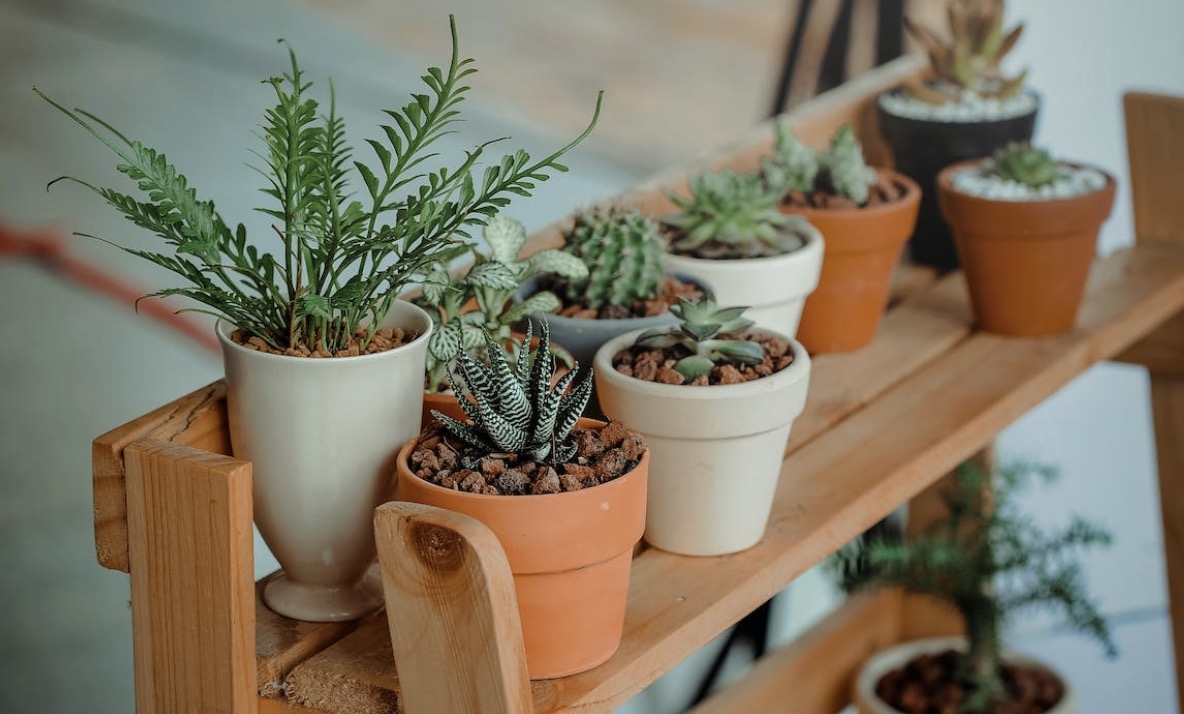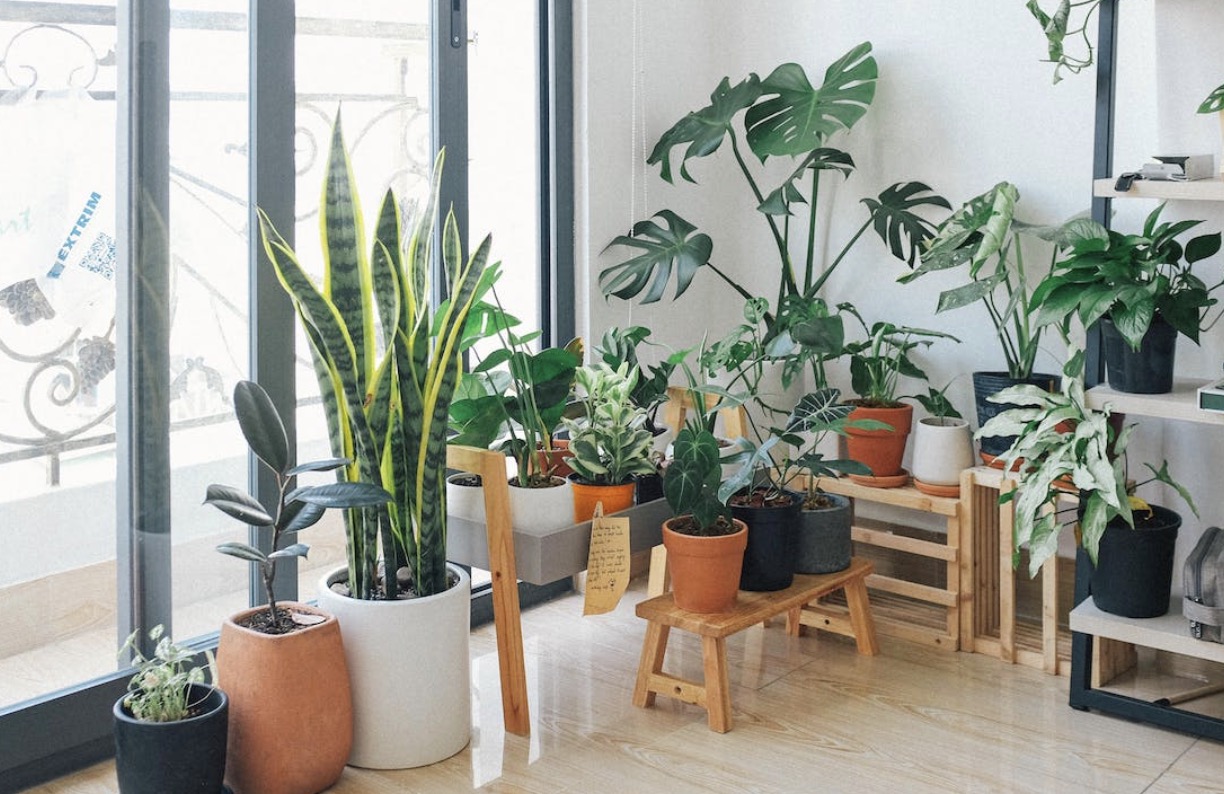Decorating your family home with plants and flowers can bring life, color, and a sense of tranquility to your living space. Not only do they add aesthetic appeal, but studies have shown that having plants indoors can improve air quality, reduce stress, and promote overall well-being. In this blog, we will explore the art of incorporating greenery into your family home, from choosing the right plants to creating beautiful displays and caring for your botanical companions.
Reader's Roadmap
Choosing the Right Plants
Before diving into the world of indoor gardening, it’s important to consider the specific needs of your family and your home. Factors such as lighting conditions, available space, and the amount of time you can dedicate to plant care should all be taken into account. Researching low-maintenance plants that are suitable for families is a great starting point. Some popular choices include spider plants, pothos, and snake plants, which require minimal attention and are known for their air-purifying properties.
Creating Plant Display Areas
Once you have selected your plants, it’s time to create designated areas for them in your home. Choose locations that offer the ideal amount of light for your plants to thrive. South-facing windows generally provide the most sunlight, while east or west-facing windows offer moderate levels. Consider incorporating plants into existing decor by placing them on shelves, hanging them from the ceiling, or using stylish plant stands and decorative containers. This way, your plants become part of the overall aesthetic of your home.
Indoor Plant Care Tips
When it comes to caring for indoor plants, there are several important tips to keep in mind. According to sources such as Pots Planters & More, one of the key factors to consider is drainage. It’s important to choose planters with drainage holes to prevent overwatering and ensure proper moisture levels for your plants. Additionally, supporting the root ball and providing additional support with pebbles can help maintain stability and promote healthy growth. Other essential tips include watering your plants appropriately, fertilizing them periodically, propagating when needed, and repotting overgrown plants. It’s also important to provide adequate lighting and temperature conditions. If natural light is limited, consider using artificial grow lights to supplement. Regular maintenance, such as pruning, dusting leaves, and checking for signs of pests will ensure your plants stay vibrant and beautiful. These practices, along with using good potting soil and selecting the correct pot size, can contribute to the overall health and longevity of your indoor plants.
Best Plants for Family Homes
When choosing plants for your family home, it’s important to consider their suitability for children and pets. Opt for air-purifying plants like peace lilies and spider plants, which can help remove toxins from the air. Avoid plants that are toxic or have thorns, as they may pose a hazard. Some child-friendly options include ponytail palms, Boston ferns, and Areca palms. These plants are safe and non-toxic, allowing your little ones to explore and appreciate nature without worry.
Enhancing with Flowers
In addition to plants, flowers can bring a burst of color and fragrance to your family home. Choose seasonal flowers to create vibrant displays that change with the passing months. Incorporate flowers into your home decor by arranging them in vases, using them as table centerpieces, or even pressing them to create artwork. To prolong the lifespan of cut flowers, change the water regularly, trim the stems at an angle, and remove any wilted petals or leaves. This way, you can enjoy the beauty and fragrance of fresh flowers for longer.
DIY Plant Projects for Families
Gardening can be a fun and educational activity for the whole family. Engage your children by involving them in DIY plant projects. Create terrariums or mini gardens using glass containers and small plants. Teach them about plant propagation by growing new plants from cuttings or seeds. This hands-on experience not only cultivates a love for nature but also fosters responsibility and patience in caring for living things.
Troubleshooting Common Plant Issues
Even with the best care, plants may encounter some issues along the way. Common problems include pests like aphids or fungus gnats, overwatering, and under-watering. It’s important to identify these issues early and take appropriate action. Natural remedies such as neem oil or soapy water can help deal with pests, while adjusting watering schedules and ensuring proper drainage can prevent water-related problems. Reviving struggling plants may require adjusting their care routine or seeking advice from local nurseries or online plant communities.

Decorating your family home with plants and flowers is a wonderful way to create a welcoming and nurturing environment for everyone. The benefits extend beyond aesthetics, offering improved air quality, reduced stress, and a connection to nature. By choosing the right plants, creating beautiful displays, and providing proper care, you can transform your home into a green oasis that nurtures and inspires your family. So go ahead, start incorporating greenery into your family home and reap the rewards of a harmonious and vibrant living space.







Leave a Reply
View Comments